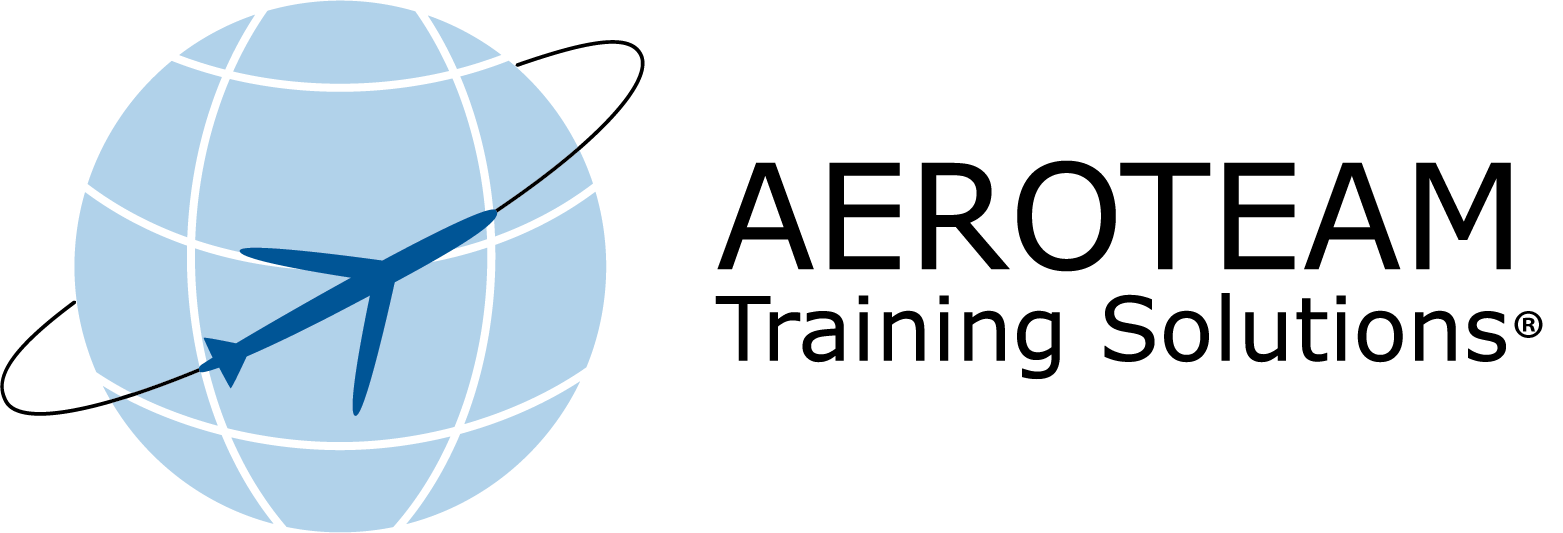
Examining the Scope of Formative and Summative Assessments
Assessment is a crucial part of aviation training as it ensures that pilots, cabin crew, and maintenance staff meet the strict safety and competency standards in the industry. Assessment is either mandated by the authorities or decided by the operators, MRO’s, or others. Essentially, proper assessments reduce the risk of errors and help verify that aviation professionals are prepared to handle their roles and responsibilities. Proficiently and competently.
In aviation, both formative and summative assessments are essential for training and certifying aviation professionals.
- Formative assessments help students identify their strengths and weaknesses and target areas that require more attention and work. Additionally, formative assessments help the instructor recognise where the students are struggling, address the issues hands-on, and improve the overall training.
- Summative assessments evaluate the students’ learning at the end of a training period by comparing against some defined standards or benchmarks.
In this article, we dive into the two forms of assessments and discuss their scopes, differences, and similarities.
Read more: CBTA and EBT: The Future Training Methodologies of Aviation
Key Characteristics of Formative Assessments
Formatives assessments take form of continuous evaluations throughout the entire course of training. These assessments are designed to monitor progress – and provide immediate feedback on performance to help improve performance or identify problem areas.
The overall purpose of formative assessments is to identify strengths and weaknesses, which enables the instructor to target the training and address shortcomings.
Examples of formative assessments include:
- Assessment of the students’ performance in the simulator or in a simulated environment in the classroom.
- Conducting progress checks and testing.
- Introducing regular questionnaires about the theory, regulations, and procedures.
Summarising Observable Performance
Where formative assessments are conducted during the training, the summative assessments take form of evaluations at the end of a training period.
The summative assessment helps determine if the students have achieved the required level of knowledge, skills, and competencies. In essence, this assessment serves as a final evaluation – and they might have significant consequences if the assessor finds that the pilot, crewmember, or maintenance engineer fails to meet the requirements or has performed poorly.
Read more: Aviation Training: More than a Tick Mark?
Always Be Objective!
Whether the assessment you are performing serves a formative or summative purpose, you must always take a step back and separate yourself from the job.
As an instructor, you must ALWAYS remain objective in your assessment. An assessment is objective when it is based on unbiased, verifiable information, observations, and measurements.
Personal opinions, judgements, and feelings hold absolutely no place in an assessment.

Different Purposes, but Not Mutually Exclusive
Both types of assessments, formative and summative, contribute to ensuring that pilots, cabin crew, and maintenance staff develop the necessary competence to operate in their roles. Safely and efficiently.
The overview below provides an insight into how formative and summative assessments compare to and differentiate from each other.

Essentially, formative and summative assessments serve different purposes, but they are certainly not mutually exclusive. As an instructor, you must use both forms to ensure that the most competent and apt workforce emerge from the training.

